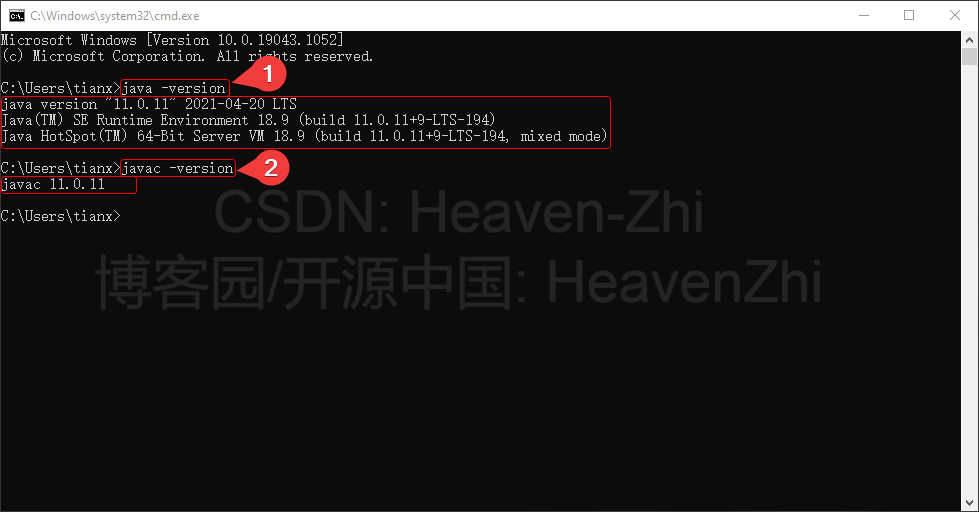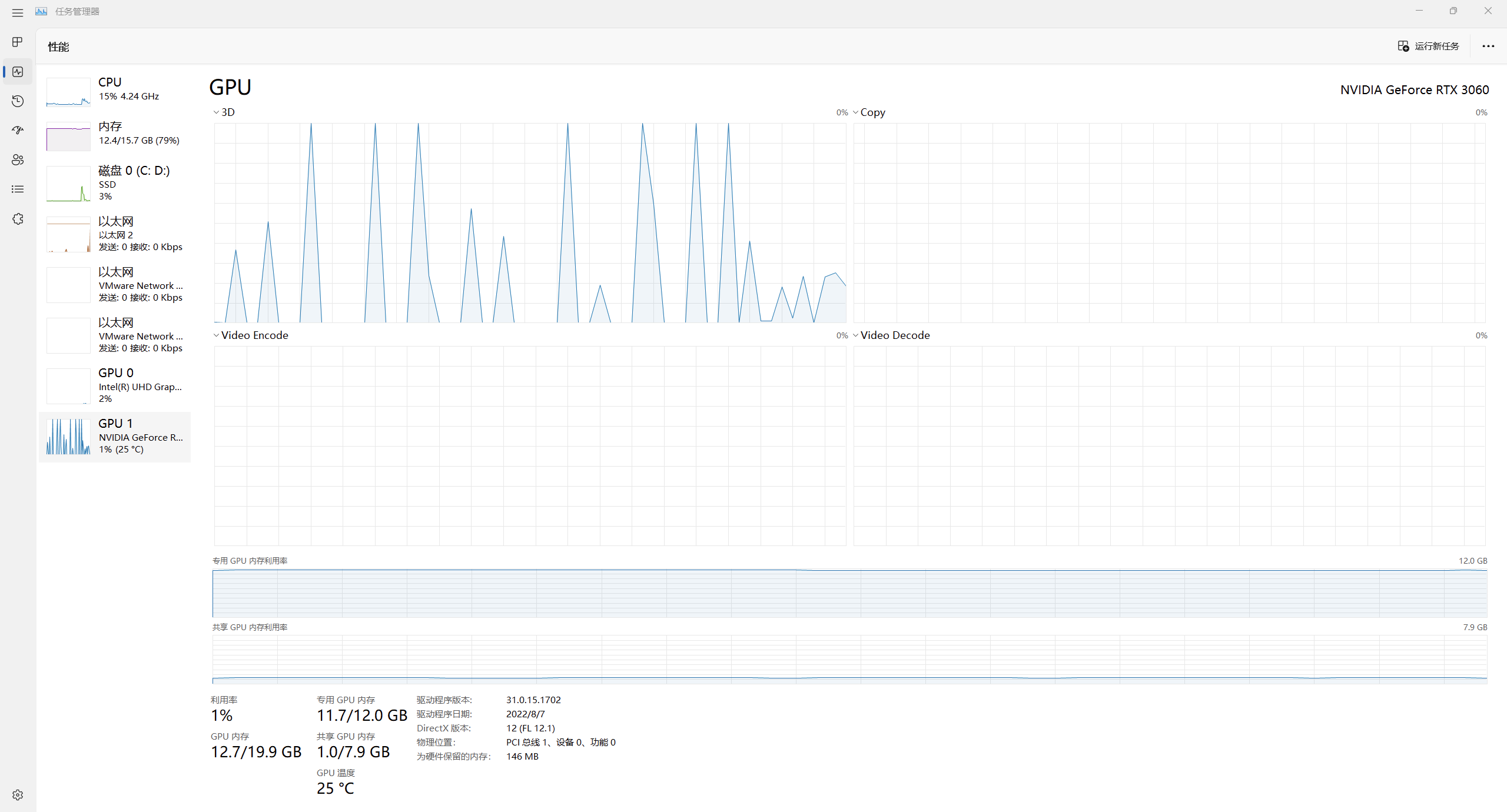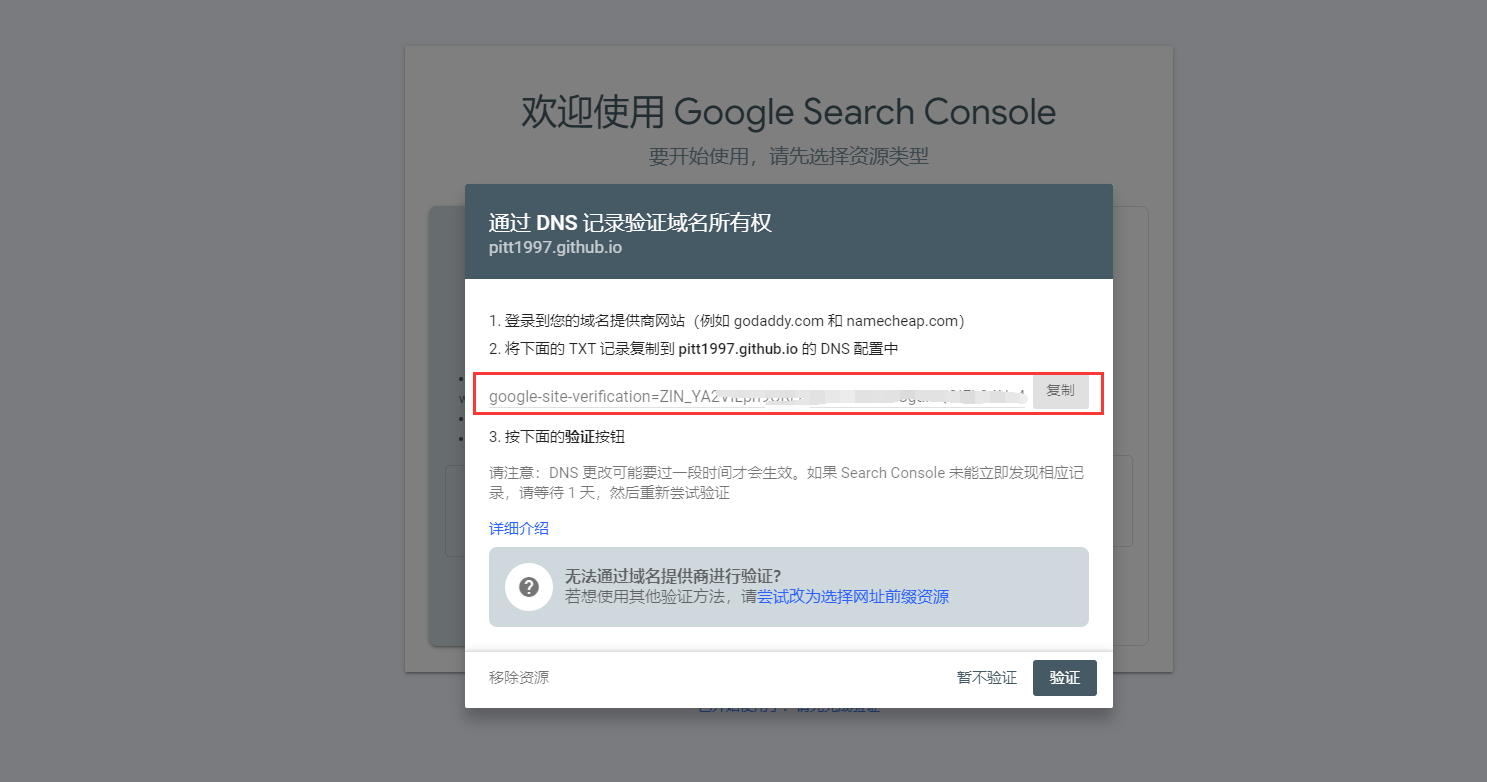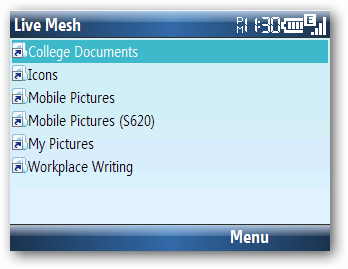“Wait, maybe it’s in this folder. Did I e-mail it to myself? Doesn’t matter, it’s on Google Drive anyway … if only I knew on which Google account. Let me find my password real quick”.
“等等,也许在这个文件夹中。 我是否通过电子邮件发送给自己? 没关系,反正还是在Google云端硬盘上……只要我知道哪个Google帐户即可。 让我快速找到我的密码”。
Judging by the (sometimes hilarious) messy trail left behind by myself, my coworkers, and the interns I had the pleasure of working with over the past twelve years, it’s become clear to me that many designers, regardless of their age and status, struggle with one thing: structure. And by “struggle with”, maybe I mean “neglect and give zero fucks about”.
j通过(有时欢闹)凌乱的痕迹udging留下我自己,我的同事和实习生我已经有超过十二年来工作的乐趣,它已经成为我很清楚,很多设计师,不管他们的年龄和状态,挣扎着一件事:结构。 通过“与”斗争 ,也许我的意思是“ 忽略并给零乱交” 。
When you’re solo, structure doesn’t seem to be a priority. I get that. I was like that, too. And in all honesty, when it comes to solo or pro bono projects, I’m not half as organized as when I’m working on agency stuff. But, sooner or later, the mess comes back to haunt you. You just can’t find that one goddamn file, which you are absolutely sure of you saved to that external hard drive. “Wait, maybe it’s in this folder. Did I e-mail it to myself? Doesn’t matter, it’s on Google Drive anyway … if only I knew on which of my three Google accounts”.
当你独奏时,结构似乎并不是优先考虑的事情。 我明白了。 我也是那样 老实说,就个人项目或公益项目而言,我的组织能力不及从事代理业务时的一半。 但是,迟早,混乱会再次困扰您。 您只是找不到一个该死的文件,您完全可以确定已将其保存到该外部硬盘驱动器。 “等等,也许在这个文件夹中。 我是否通过电子邮件发送给自己? 没关系,无论如何,它都在Google云端硬盘上……只要我知道我三个Google帐户中的哪个就可以了” 。
In the heat of the moment, all-caps file names and creative folder hierarchies — on the Desktop? Sure, why not. — make sense. Time is money, after all. It’s not until two years later that you start running into problems, digging through those same folders and files — or hoping you could, because you can’t even locate them anymore. Add to that the exponential factor of other people, and behold the mayhem.
目前,全大写文件名和创意文件夹层次结构是在台式机上吗? 当然可以,为什么不呢。 - 合理。 毕竟时间就是金钱。 直到两年后,您才开始遇到问题,挖掘那些相同的文件夹和文件,或者希望您可以,因为您甚至无法找到它们。 再加上其他人的指数因素,请看一下混乱。
Over the years, I have wasted a new car’s worth of time and money by not naming and organizing my files well.
多年以来,由于命名和整理档案不够好,我浪费了一辆新车的时间和金钱。
Even a seemingly manageable mess leads to stupid actions, like opening and editing the wrong version of a file, and sending it off to the printer or another third party. Not to mention the hours and hours of time spent searching for stuff. Gotta love relinking missing files. “The following fonts are missing”, anyone?
即使是看似可管理的混乱,也会导致愚蠢的动作,例如打开和编辑错误版本的文件,然后将其发送给打印机或其他第三方。 更不用说花费时间和时间寻找东西。 要爱重新链接丢失的文件。 “缺少以下字体”,有人吗?
The irony is that everyone in the industry runs into this on a daily basis, yet most of us are too stubborn to address it. Sure, when you’re in the flow, buzzing with caffeine, everything goes. But there are also times when you’re worn down, stressed, trying to make your deadline, and you just can’t bother to name your stuff appropriately.
具有讽刺意味的是,行业中的每个人每天都会遇到这种情况,但是我们大多数人都太顽固而无法解决它。 当然,当您忙碌时,用咖啡因嗡嗡作响,一切都会进行。 但是有时候,您会感到疲倦,压力重重,试图按时完成任务,而您根本就无法为自己的名字起名字。
Today, I still have to deal with the mess that I and my team made five, six, or eight years ago. The mess literally haunts you for up to a decade, and it makes your entire organization much more prone to error. If anything, sending a client the wrong attachment just makes you look dumb and makes your hundred-something dollar hourly rate questionable at best, ridiculous at worst.
今天,我仍然必须处理我,我的团队在五,六或八年前所造成的混乱。 混乱几乎困扰了您长达十年,并使整个组织更容易出错。 如果有的话,给客户发送错误的附件只会使您看起来愚蠢,并使您的几百美元的时薪充其量是可疑的,最糟糕的是可笑的。
So, without further ado —
因此,事不宜迟,
这是您一生中如何整理文件的方法 (Here’s how to organize your files for the rest of your life)
The main reason for organizing your files neatly is to make sure you can find the right file(s) quickly, at a later point in time, and to prevent errors and confusion. In order to fulfill this use case, we need to look at the way we remember and identify things. In the end, our memory is the place where the search for files starts.
整洁地组织文件的主要原因是确保您可以在以后的某个时间点快速找到正确的文件,并防止出现错误和混乱。 为了实现此用例,我们需要研究记住和识别事物的方式。 最后,我们的记忆是开始搜索文件的地方。
Think of a project you did four years ago. What are the things you remember? Let me tell you what you remember: the client, the year — maybe the quarter — and the main description of the project. For instance, I know that for a client called “Jumbo Supermarkets”, somewhere around the end of 2017, I wrote a script for an instructional video of an app they had built.
想想您四年前做过的一个项目。 你还记得什么? 让我告诉您您的印象:客户,年份( 也许是季度)以及项目的主要描述。 例如,我知道对于一个名为“ Jumbo Supermarkets”的客户,在2017年底左右,我为他们构建的应用程序的教学视频编写了脚本。
If you do multiple projects for your clients — which I hope you do, because that’s a good sign — you’re likely to have a global sense of the order in which you did different projects for them. This means we have a couple of building blocks for our system which align neatly with how our memory works:
如果您为客户执行多个项目(我希望您这样做,因为这是一个好兆头),那么您可能会对您为他们执行不同项目的顺序具有全局意识。 这意味着我们为系统提供了两个构建模块,这些构建模块与内存的工作方式保持一致:
Year
年
Client
客户
Broad project description
广泛的项目描述
Sense of chronological position
时间位置感
These form the foundation of our folder structure.
这些构成了我们文件夹结构的基础。

We start by organizing everything we have by year. Years are great. They’re unique. They’re automatically sorted correctly. They’re recognizable. And, when trying to recall something, the first question that comes to mind is always “When was that, again?”. Clearly, nothing beats years as the mother node in our hierarchy.
我们首先要按年组织一切。 岁月真好。 他们是独一无二的。 它们会自动正确排序。 他们是公认的。 而且,在尝试回忆某件事时,想到的第一个问题始终是“那又是什么时候?” 。 显然,在我们的层次结构中,作为母节点,没有任何事情能超越岁月的。
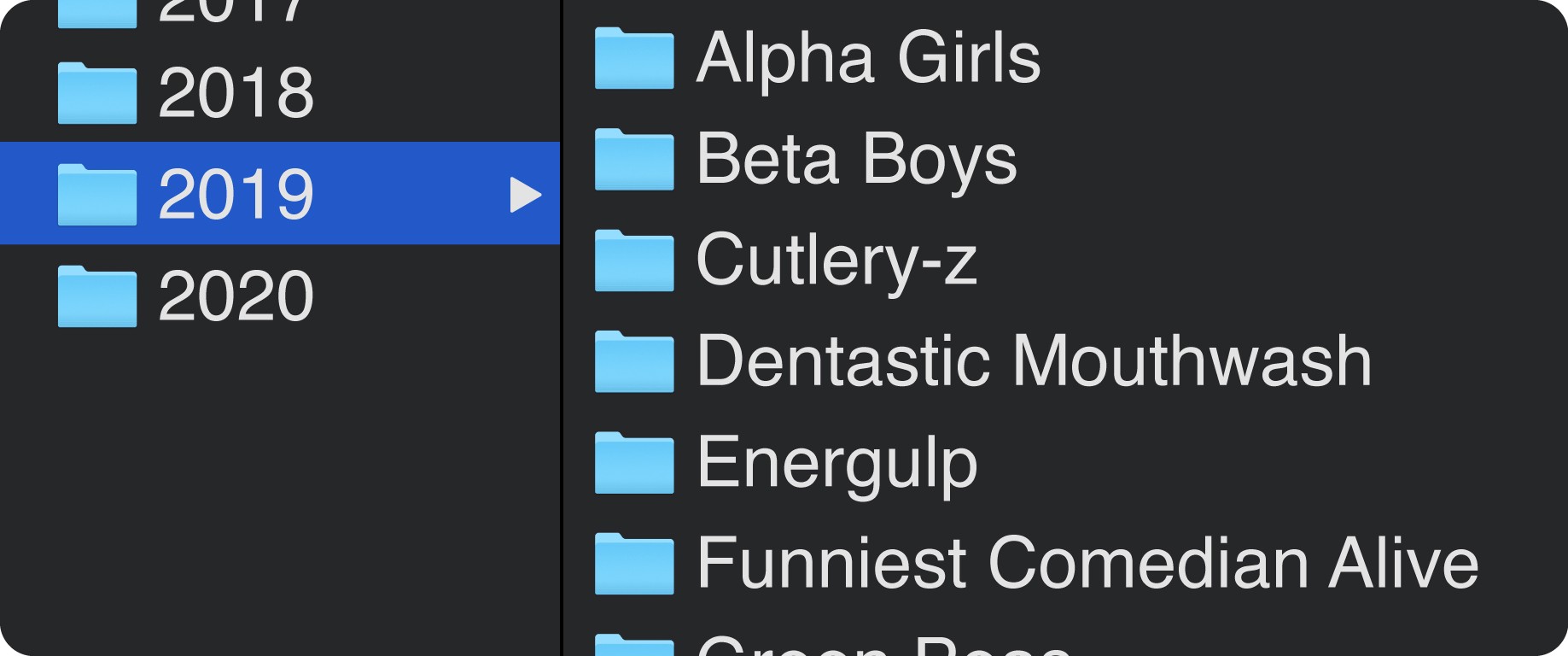
Next up: client names. Again, super simple. When you’re looking for stuff, you always know the client you worked for, and projects are grouped by client — not the other way around.
接下来:客户名称。 再次,超级简单。 当您寻找所需的东西时,您总是知道您所服务的客户,并且项目是按客户分组的,而不是相反。
macOS pro tip: press the key corresponding to the first letter of the client’s name on your keyboard to jump to the folder starting with that letter.
macOS专业提示:按下键盘上与客户名称的第一个字母相对应的键,以跳至以该字母开头的文件夹。
最重要的是:项目文件夹名称 (The cherry on top: project folder names)
At this point, we have a folder structure that deceptively simple, yet robust and manageable. Next, we need a neat way to name project files. You didn’t think we were going to dump all client files into the root folder, did you?
至此,我们有了一个看似简单,健壮且易于管理的文件夹结构。 接下来,我们需要一种简洁的方式来命名项目文件。 您以为我们不会将所有客户端文件都转储到根文件夹中,是吗?
Here’s what we want to achieve:
这是我们要实现的目标:
- The client is visible (client id); 客户端可见(客户端ID);
- The year is visible; 可见一年;
- The folders can be (automatically) sorted chronologically; 可以按时间顺序(自动)对文件夹进行排序;
- The contents of each folder are clear without having to look inside. 每个文件夹的内容都很清晰,无需查看内部。
And here’s how we do that:
这是我们的操作方式:

The folder names look very structured, are sortable, and easy to recognize. As an added bonus, we get a nice protocol for creating unique project identifiers. They consist of the first three characters of the client (DEN for Dentastic Mouthwash), a short notation of the year (19 for, you guessed it, 2019), and an incrementing index (001, 002, 003, etcetera) — the leading zeros are required to sort them.
文件夹名称看起来非常结构化,可排序并且易于识别。 另外,我们获得了一个用于创建唯一项目标识符的好协议。 它们由客户的前三个字符(用于Dentastic漱口水的DEN ),一年的短符号(您猜到它的19 ,代表2019)和递增索引(001、002、003等)组成-领先零必须对其进行排序。
We use these project identifiers in our planning software (JIRA), our time tracking, estimation, and invoicing software (Harvest), documents and correspondence with clients (G-Suite, Notion.so), and internally when we refer to projects, for instance through Slack.
我们在计划软件( JIRA ),时间跟踪,估算和发票软件( Harvest ),文档和与客户的通信( G-Suite , Notion.so )中以及在内部引用项目时使用这些项目标识符。通过Slack实例。
The project identifiers allow us to know straight away where a project is located by looking at the identifier, and it ties everything together in all the apps we use.
通过项目标识符,我们可以通过查看标识符来立即知道项目位于何处,并将其绑定在我们使用的所有应用程序中。
In reality, this is how that looks:
实际上,这是这样的:

Yes, there is some redundancy to this structure. The client name can be deducted from the parent folder, as well as the year. But, in order to have the projects chronologically sorted, we need some sort of incrementing value. In addition, it’s very useful to have a unique project identifier, for instance, to make sure you pick the correct LinkedIn restyling project.
是的,此结构有些冗余。 可以从父文件夹以及年份中扣除客户名称。 但是,为了按时间顺序对项目进行排序,我们需要某种增量值。 另外,拥有唯一的项目标识符非常有用,例如,确保您选择 正确的 项目标识符。 LinkedIn重新造型 项目。
输入输出 (Input and output)
Every file associated with a project can be put in one of three categories:
与项目关联的每个文件都可以放在以下三种类别之一中:
A) Input — Files that have been sent to you by the client or other stakeholders, research from third parties, briefings, brand guides, specifications, etcetera.
A)输入-客户或其他利益相关者发送给您的文件,来自第三方的研究,简介,品牌指南,规格等。
B) Output — Files that are done within your organization, and are ready to be sent to printers, the client, your mother, or anyone else involved. Note that these also include proposals, mood boards, or other files you need feedback on. If it’s going to be sent to someone else for review or production, it’s output.
B)输出 -在组织内完成的文件,准备发送给打印机,客户端,母亲或其他有关人员。 请注意,这些文件还包括投标 , 心情板或您需要反馈的其他文件。 如果将其发送给其他人进行审查或生产,则将其输出。
C) Working files — The stuff you’re busy working on, with whatever software you use. It doesn’t matter if these are illustrations, spreadsheets, copy, booklets, billboards, or 3D models. If you’re working on it, they’re working files. These include assets such as stock images you bought, scans, sketches, audio fragments, notes, or anything else you use while working on the project.
C)工作文件 -您忙于使用任何软件使用的东西。 这些是插图,电子表格,副本,小册子,广告牌还是3D模型都没有关系。 如果您正在处理,它们就是工作文件。 其中包括资产,例如您购买的库存图像,扫描,草图,音频片段,注释或在项目上使用的其他任何资源。
As a result of this division, we put our files in one of three folders — input, output, and workspace.
进行这种划分的结果是,我们将文件放在三个文件夹之一中: input , output和workspace 。

The only place where we allow ourselves to edit files is in the workspace folder. Have a .docx file in the input folder that needs changes? Copy it to the workspace, name it properly, and apply the changes.
我们允许自己编辑文件的唯一位置是工作空间文件夹中。 输入文件夹中是否有需要更改的.docx文件? 将其复制到工作区,正确命名,然后应用更改。
One of the cardinal sins of our agency is editing files in the output folder. The reason for this is that it breaks the entire logic of our workflow. Say you have a …-v4.ai file in the workspace, and a …-v4.pdf file as output. Any edit made to the output file will not be reflected by the working file. The next time you or someone else would return to the working file, you would be unaware of the changes, and you may end up working in an outdated file and sending it to the printer, for instance.
我们机构的主要罪过之一是在输出文件夹中编辑文件。 这样做的原因是它破坏了我们工作流程的整个逻辑。 假设您在工作区中有一个...- v4.ai文件,并有一个--v4.pdf文件作为输出。 工作文件不会反映对输出文件所做的任何编辑。 下次您或其他人返回工作文件时,您将不会意识到所做的更改,并且最终可能会处理一个过时的文件并将其发送到打印机。
Never happened to me, except for thirty or forty times.
除了三十或四十次,我从未发生过。
Inside the workspace folder, I am somewhat lenient towards myself regarding folder structure. Different projects require different structures, so I sometimes create subfolders if necessary, as long as they improve the overall logic.
在工作区文件夹中,我对文件夹结构有些宽容。 不同的项目需要不同的结构,因此有时我会在必要时创建子文件夹,只要它们能改善整体逻辑即可。
文件名和版本控制 (File names and versioning)
The last image also reveals our not-so-surprising file names. Now, you may wonder why there is even more redundancy in the file name. The reason for this is that files are often pulled out of context.
最后一张图片还显示了我们并不奇怪的文件名。 现在,您可能想知道为什么文件名中会有更多的冗余 。 这样做的原因是文件经常脱离上下文。
By adhering to file naming conventions the way we do, we can make sure that — even as a three-year-old e-mail attachment, Dropbox-link or Slack-download — the file is still traceable and easy to identify. Besides, sending an e-mail to a client with DEN19004-mood-boards-v2.pdf as an attachment looks way better than, say, linkedin restyling mood boards FINAL.pdf, or just mood_boards.pdf, don’t you think?
通过遵循我们所遵循的文件命名约定,我们可以确保即使是使用了三年的电子邮件附件,Dropbox链接或Slack下载,该文件仍可追溯且易于识别。 此外,发送电子邮件到客户端DEN19004-情绪板,v2.pdf作为附件看起来更好的方式比说,LinkedIn再造型情绪板FINAL.pdf,或只是mood_boards.pdf,你不觉得吗?
In terms of versioning, we like to keep it straight forward. There’s always more feedback, so a file is never definitive, final or done. Instead, the files just have an incremental version number. v1, v2, v3, v-a-million. The upside of this approach is that you can always trust that the highest version is the most recent one. No more comparing Last modified date.
在版本控制方面,我们希望保持直接。 总会有更多的反馈,因此文件永远不会是确定的,最终的或完成的 。 而是,文件仅具有增量版本号。 v1,v2,v3,va万 这种方法的好处是,您始终可以相信最高版本是最新版本。 没有更多的比较最后修改日期 。
You may notice that we avoid spaces in file names and, apart from the project identifier, use only lower case. The reason for this stems from older days where spaces were often encoded as ‘%20’ when used online. This could sometimes break download links or cause other problems because file names would turn out something like the%20Final%20mood%20board.pdf. To prevent this we adopted lowercase, space-free file names. I guess this stuck, and I kinda like how it looks.
您可能会注意到,我们在文件名中避免了空格,并且除了项目标识符之外,仅使用小写字母。 造成这种情况的原因来自较早的日子, 在线使用 空格时,空格通常被编码为“ %20” 。 有时这可能会中断下载链接或引起其他问题,因为文件名可能类似于 %20Final%20mood%20board.pdf。 为避免这种情况,我们采用了小写的无空间文件名。 我想这卡住了,我有点喜欢它的外观。
At times, it may seem that meticulously naming and organizing your files is a waste of time. But trust me — everyone has a price. How much wasted time, print reruns, and frustrated clients you are willing to endure is totally up to you. Eventually, you will cave in, and you will look for a better way to structure your files.
有时,仔细命名和组织文件似乎是浪费时间。 但是请相信我-每个人都有代价。 您愿意忍受多少时间浪费,打印重新运行和沮丧的客户。 最终,您会陷入困境,并且将寻找一种更好的结构文件的方法。
Knowing that that day will come, why not start now?
知道那一天会到来,为什么不现在开始呢?
All of the illustrations in this story were designed by the author and saved to his Desktop.
该故事中的所有插图均由作者设计并保存到他的桌面上。
翻译自: https://uxdesign.cc/how-to-properly-organize-your-design-files-forever-9df5e9cef147
